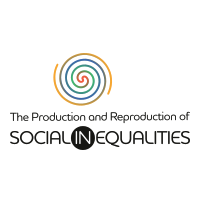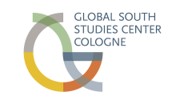
Chinese Indentured Labor as "New Slavery":
Perspectives from South Africa and China
Project members:
- Prof. Dr. Tu Huynh, Jinan University, Guangzhou, Principal Investigator
This project investigates the concept of “new slavery” that was used by white trade unionists and liberals in Britain and in South Africa to oppose the use of Chinese indentured labor in the Tranvaal's gold mining industry in the early 1900s. While liberals used the concept of “new slavery” with the aim to protect the Chinese indentured laborers from exploitation, white trade unionists used it to racially exclude the Chinese from work that they saw as rightfully theirs. The debates over whether these Chinese laborers could be considered slaves were being reported on in the Chinese press. Through archival work in Taiwan, South Africa, and the UK, the project aims to answer:
- How did Chinese journalists’ translation and interpretation of the situation of the Chinese in South Africa reinforce or diverge from the English debate over “new slavery?”
- How did these translations shape a new consciousness about exploitation and imperialism for the Chinese reading public, which was crucial to the revolution that ended dynastic rule in 1911?
- Why were ideas of human equality and freedom that were written into the constitution of the new republic, established in 1912, subsequently undermined with increasing vigor?
Learn more...


Project Activities

Project: Debates on "trafficking in persons and slavery" in Cameroon
This Research Unit is funded by the Volkswagen Foundation


